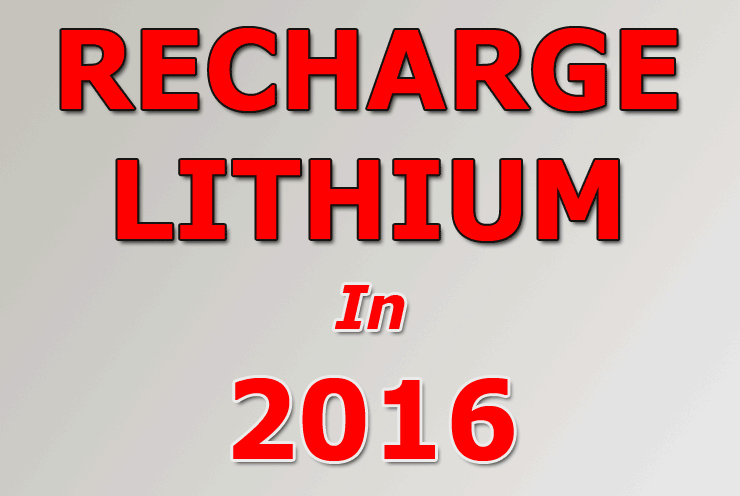
IATA
recently issued an addendum to their published 57th
edition of the IATA DGR.
Back
To Lithium
Lithium batteries continue
to give headaches to shippers and operators alike.
Aside from numerous new
and amended operator variations, the first Addendum
for the 57th edition of the IATA DGR mandates a maximum
SoC of 30 percent applicable to all Lithium Ion and
Lithium polymer batteries shipped or contained in or
packed with equipment:
“Lithium ion cells
and batteries must be offered for transport at a state
of charge (SoC) not exceeding 30% of their rated design
capacity. Cells and/or batteries at a SoC of greater
than 30% may only be shipped with the approval of the
State of Origin and the State of the Operator under
the written conditions established by those authorities.
Note: Guidance and methodology for determining the rated
capacity can be found in Section 38.3.2.3 of the UN
Manual of Tests and Criteria, 5th revised edition, Amend.
1.”
Lithium
Now On UN ANC Agenda
The proposal outlawing
shipping of Lithium Ion batteries aboard passenger aircraft
that was rejected by the United Nations ICAO Dangerous
Goods Panel (DGP) last October—but supported by
IFALPA, the pilot’s union, and ICCAIA, the industry
body speaking for the aircraft manufacturers, and also
the USA, China, Russia, Brazil, and a number of other
states that voted for it (versus Netherlands, Canada,
France, Germany, Australia, Italy, United Arab Emirates,
South Korea, Japan, theUnited Kingdom, and IATA, which
voted against the ban)—is back on the agenda in
2016.
Since the decision to
reject the IFALPA/ICCAIA (et-al) proposal was controversial,
to say the least, the ICAO Air Safety Panel (another
UN group) that voted in favor of the ban has requested
that ICAO’s ANC, the Air Navigation Commission,
re-evaluate the issue and possibly reverse the decision
made by the ICAO Dangerous Goods Panel.
We expect the matter to
come to some kind of head later this month, when the
ICAO DGP Panel meets in late February.
Geoffrey
|





